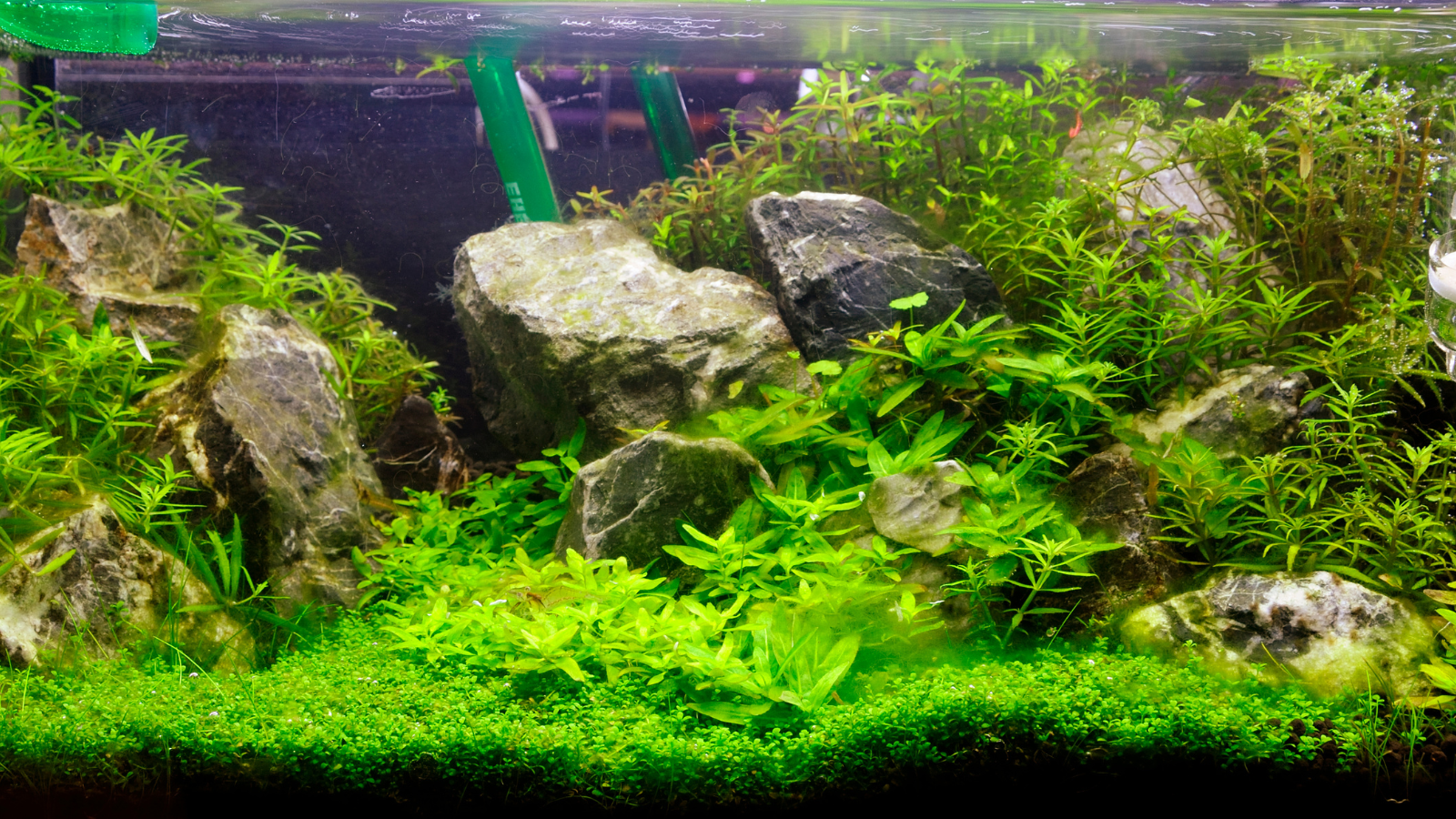
Starting from the earliest stage of fish life, water temperature is a factor that has a huge impact on the first moments of a fish's life, as well as its subsequent development and existence.
How does it work in practice?
At the moment of copulation, i.e. spawning by adults, apart from the physicochemical parameters of water, they are also accompanied by the temperature factor. The spawning point is different for each fish, but this aspect will be described later in this article.
When the roe has been deposited in the appropriate physicochemical conditions of water, its development is influenced by many factors, such as:
-water hardness
-acidity
-temperature
-electroconductivity
-the duration of exposure to sunlight or light on the eggs
-biological factor - fungi, bacteria, protozoa, etc.
Temperature. The higher it is, the faster it develops. Does fast mean good?
It is not quite like that. It is scientifically confirmed that higher temperature results in faster embryo development and faster and more numerous appearance of hatching gland cells. A large number of them shortens the development time of the embryo and faster release from the eggs. These cells are located at the front of the head, the front wall of the yolk sac, and the pectoral fins, and when they appear on the embryo's body, they make it itchy. The more numerous cells in the hatching gland, the so-called itching is stronger. The embryo begins to spin, turning until the wall of the egg is pierced and it breaks free of the egg. Then it becomes a brood what we aquarists call fry.
The fry hatched at a higher temperature are smaller, while the brood is much more numerous, which should be a positive aspect for breeders. In nature, unfortunately, survival is low (predators, limited amount of food, etc.), but also breeding conditions have similar consequences.
At high temperatures, the activity of the digestive system, i.e. metabolism, is higher. The fish need more food to develop normally.
More frequent feed means more food remains and substances of metabolic transformation - mainly urea. Probably everyone knows how they work.
A fish that hatches and develops at higher temperatures will never reach book size as its development is accelerated and dwarfed. Dwarfing also entails that the adult specimens do not lay much eggs.
Looking at such fish through the eyes of the breeder, they are weaker, more often get sick, they eat a lot and have little offspring. Is it a positive aspect - I rather doubt it.
Another group is a group of fish that thrive at normal temperatures. Mean young fish development time, mean size and normal consequence of breeding development. Fish reach sexual maturity from 6-18 months (depending on the species). The later they are allowed to spawn, the bigger they grow.
The last group is fish that thrive in cool water. The temperature influences the prolonged development of eggs (which die in large numbers), the prolonged time of embryos maturation and the moment of hatching of the young.
By slowing the birth of fish, not many are born. The surviving ones are very disease resistant, grow larger, give more offspring, and are therefore highly sought after in breeding and give the species a chance for survival.
Low temperature is a pathogen for fish pox and many dangerous diseases of aquarium fish. On the other hand, too high a temperature sterilizes the reservoir by killing the positive flora.
In a nutshell, we looked at the effect of temperature on fish. Remember about the dwarf factor which is very important and negative in breeding.
Now, you breeders ask yourself how to optimize their breeding for the temperature factor. And remember to check that you are not making mistakes in breeding by simple temperature.


